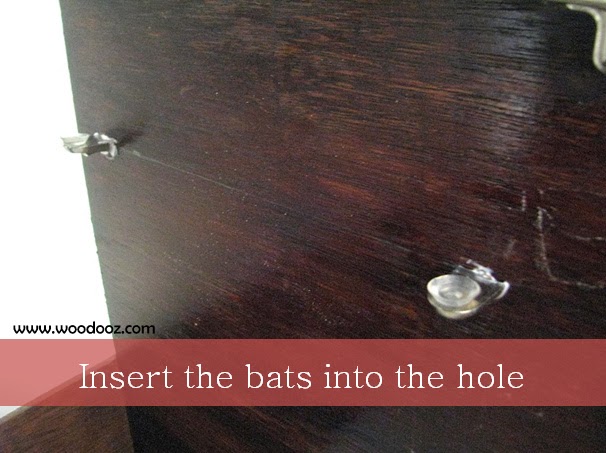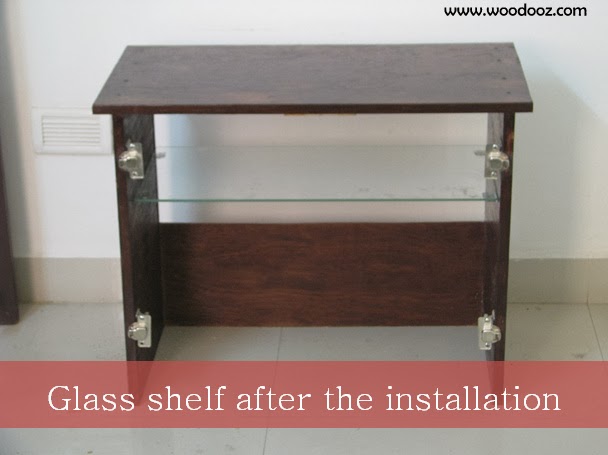Furniture forms the major part of the entire home décor. There are many other decorative pieces and furnishing that add to the look, but the furniture pieces always dominate them all. The design of furniture has evolved over years. The bulky furniture is slowly replaced by sleek designs. Similarly, many replacements for wood are also entering the market. Though there are many new entrants in the furniture designing, the one on the top is definitely “WOOD”! Wood is graceful, durable, and easy on maintenance, hence it is mostly found in furniture designing. However, designing experts have also explored more options to complement the popular wooden furniture with style.
Here are the 5 popular materials usually used in furniture making and the ways to care for them.
1.Wood
As already mentioned, wood is one of the majorly used materials in furniture making. Wood has been the primary material in furniture making from the royal times. The main advantage of using wood in furniture manufacturing is that it can be used in creating different designs by using it alone or in combination with other materials. It is neutral and goes well with all other colors and décor. There are different types of wood like Redwood, Teakwood, Mahogany, Cane, Mango wood, and various other varieties used in manufacturing durable furniture.
Care Tips
- Avoid direct sunlight and moisture contact.
- Apply wax coating to keep the surface scratch proof and shiny.
- Carry out regular cleaning with dry cloth.
2.Plastic
Plastic furniture is the best option for outdoors. It is lightweight and can be moved as required without any hassles. It is quite durable and can be used even in rain. Plastic furniture is available in various colors to get the vibrant décor, but over exposure to sunlight and other weather conditions would result into fading of color. Continuous sunlight would also make plastic furniture brittle.
Care Tips
- Can be cleaned with water and mild cleaning agent. Dry it completely after cleaning to avoid water marks.
- Avoid constant sunlight to increase the life of the piece of furniture.
- Indulge into frequent cleaning as more you let the dust to accumulate, more it would be tough to clean.
3.Stainless Steel or Other Metal
Metal furniture is slowly taking the front stage due to its cost effective nature, malleability and durability. Stainless steel has found a major place in outdoor furniture designs as it withstands all weather impacts well. Steel furniture stays new even when exposed to sunlight and rain. Other metal furniture types include wrought iron and aluminum furniture. Aluminum is again quite durable as steel, while wrought iron furniture may undergo corrosion if its paint coating is damaged.
Care Tips
- Wash with mild soap and water. Dry it properly to avoid water marks on steel and aluminum, while corrosion in case of wrought iron furniture.
- Apply automotive wax and mineral oils on wrought iron furniture pieces.
4.Glass
It is rare to find a furniture piece made of only glass, but it is very natural to find glass in combination with other materials. The transparency of the glass is main reason for using this material more in wardrobes, showcase, book shelf and crockery unit. Glass can be cut in any shape and size, which makes it ideal for shelves in cupboards. Use of glass is also found in tables and other decorative furniture pieces, as glass is not bulky and may not obstruct the vision due to its transparent nature.
Care Tips
- Glass is fragile, so handle it with care.
- It can be cleaned with mild soap solution and water. Use paper to wipe the glass for keeping it free of stains.
- Don’t put very heavy, hot, or sharp objects on glass table. You can use a mat to stay safe.
5.Cane
Looking for the furniture that takes you near to nature then cane is the solution. This is one of the most durable and natural form of furniture materials. The main advantage of cane is that it can be used to make varied designs due to easy bending into different shapes. Cane is affordable, easy to maintain, and good on looks. It will offer an instant makeover to your interiors and exteriors both.
Care Tips
- Clean regularly with dry cloth.
- For cane seats, put a cushion over it for even load distribution.
- Use glass top on cane tables.
Decorate your home with furniture made out of different materials and ensure that you take proper care of the same to have longer life and better utility.
Author Bio
Worldcraft Industries is a furniture manufacturing company based in United States. They are known for distinct Indian designs and styles. They have different collections of products like bedroom furniture, curtains, pillows and decorative artifacts.





























































